Search
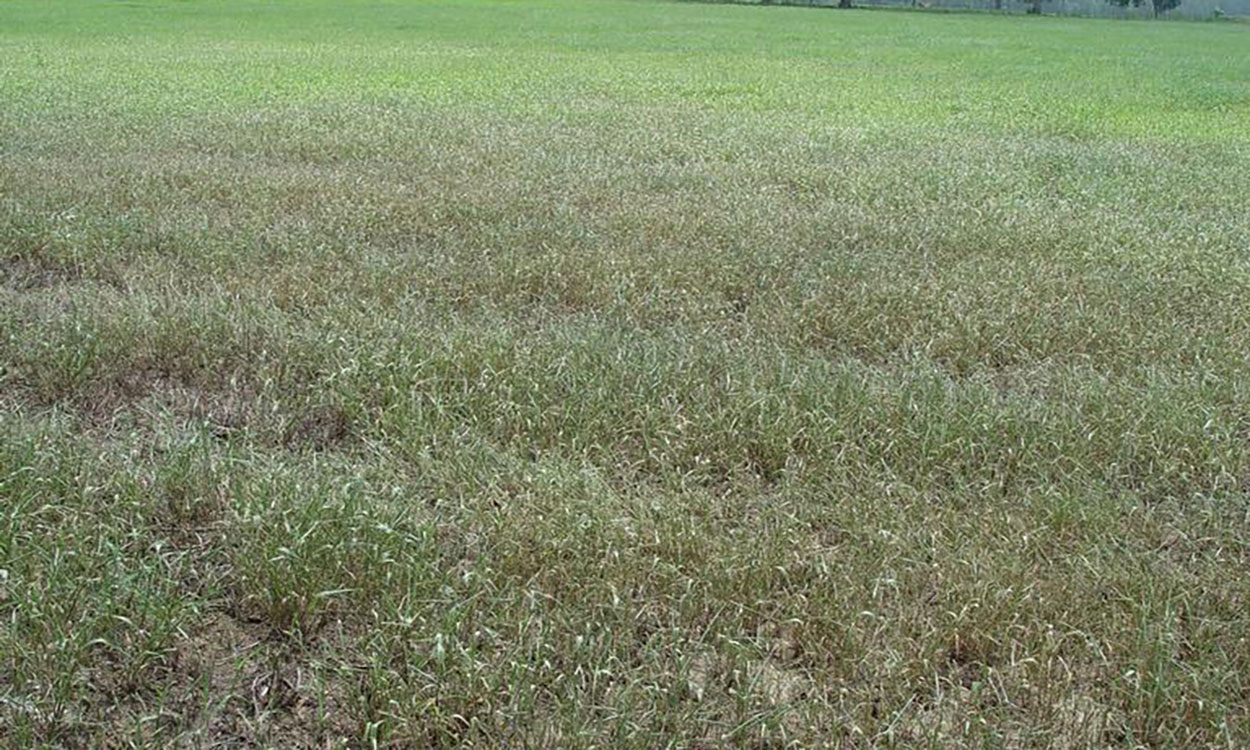
Fall Armyworm Caterpillars Causing Issues in South Dakota
This week we started to receive reports of pastures and alfalfa stands that have been heavily fed on by fall armyworm caterpillars. Typically, these pests are not an issue in South Dakota. However, populations have been very large in many states during 2021, and they have now moved into South Dakota.
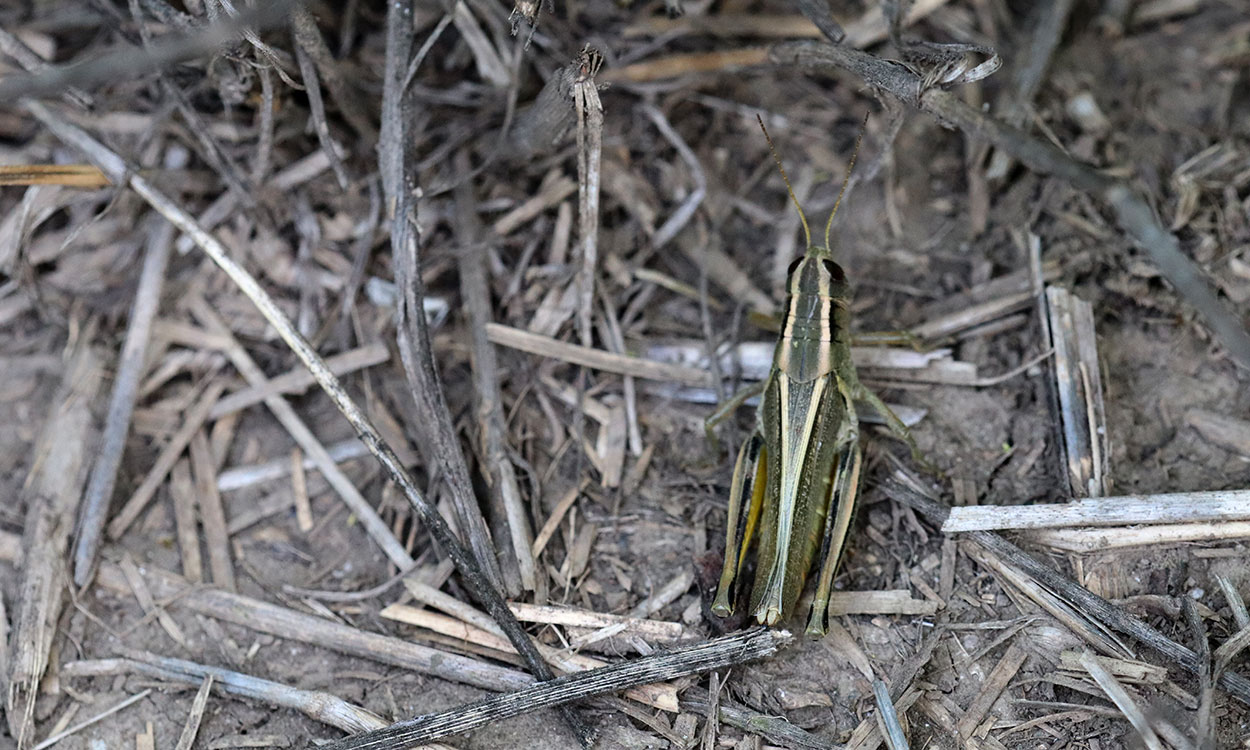
Will Grasshoppers Be an Issue in 2021?
With much of South Dakota experiencing dry conditions this year, grasshoppers are one of the insect pests that will need to be monitored. Large grasshopper populations may cause economic loss in cash crops and reduce forage in range and pasture lands.
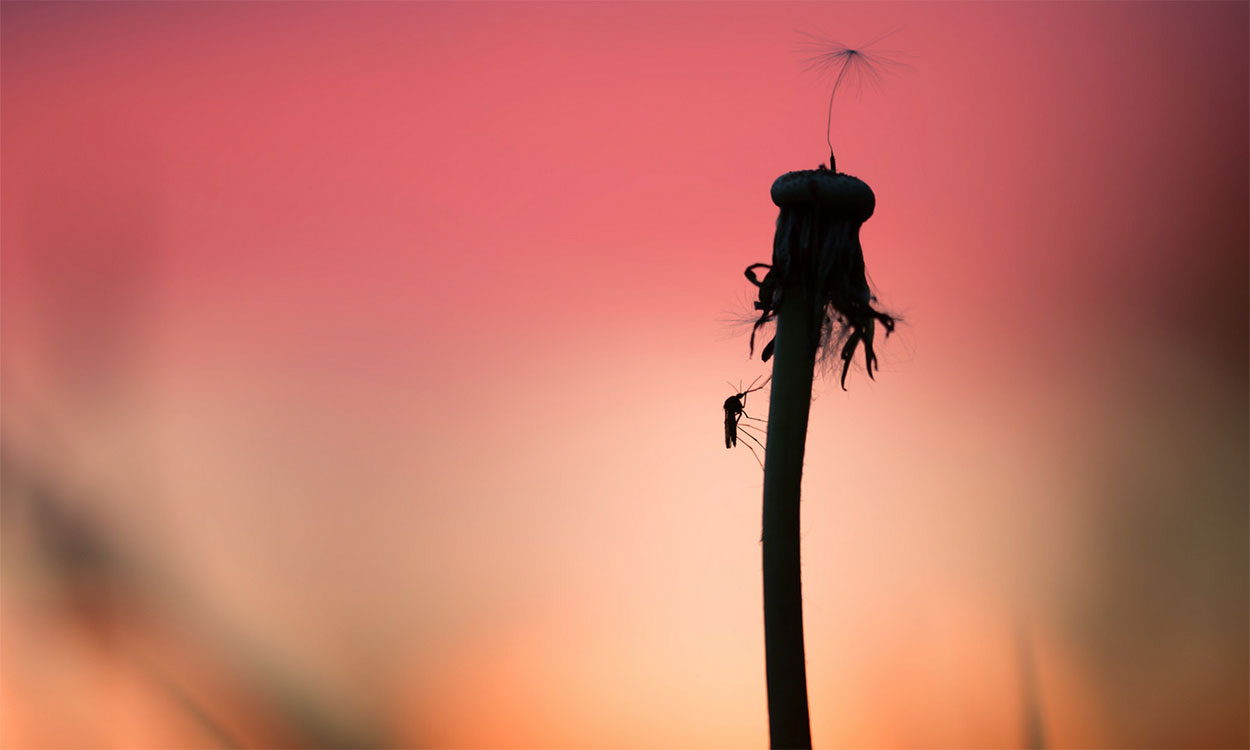
West Nile Virus Update: Aug. 2, 2021
As of Aug. 2, 2021, the South Dakota Department of Health indicated that West-Nile-virus-positive mosquitoes were detected in Brookings, Codington, Hughes, Lincoln and Brown counties in South Dakota.

Nitrates and Livestock Water Quality
Nitrate poisoning is something we think about with forages such as millet, oats, corn, sorghum, sudan, kochia and others that have been fertilized or if there is a drought, but water can also be a contributing factor.

Understanding the Critical Role of Broadleaf Pollinator Plants in Pastures
Understanding the economic role of pollinators is the first step towards understanding their diverse values to grassland and crop systems.

Blue-Green Algae and Livestock
With warmer temperatures, the conditions are right for blue-green algae blooms. Different species of blue-green algae contain various toxins, which can poison livestock, resulting in rapid death.
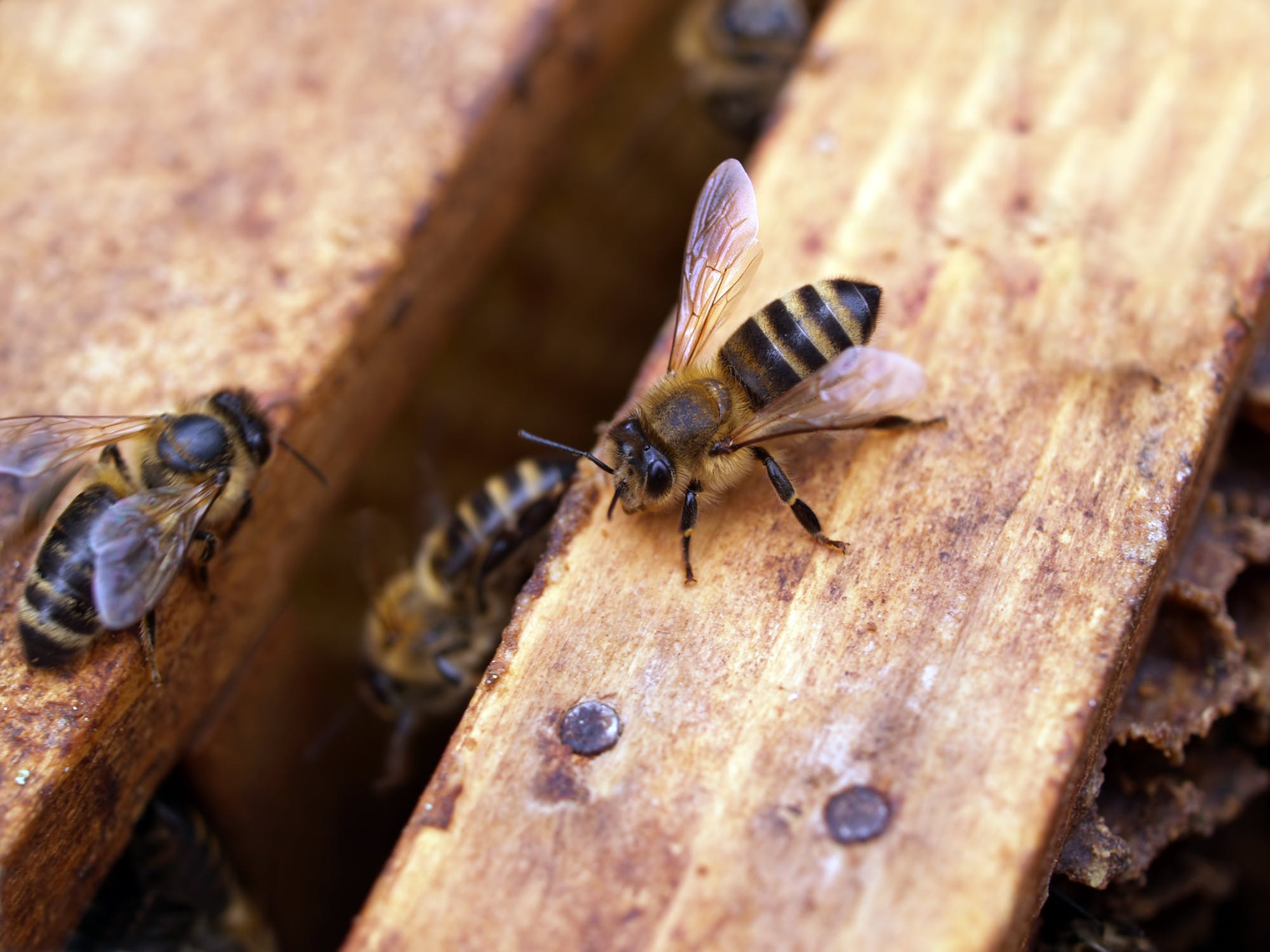
Backyard Biodiversity: Nest boxes for native bees
Many of our native bee species are solitary. In order to ensure that these kinds of bees spend more time in our yards and gardens, it is important to make sure we include places for them to nest.
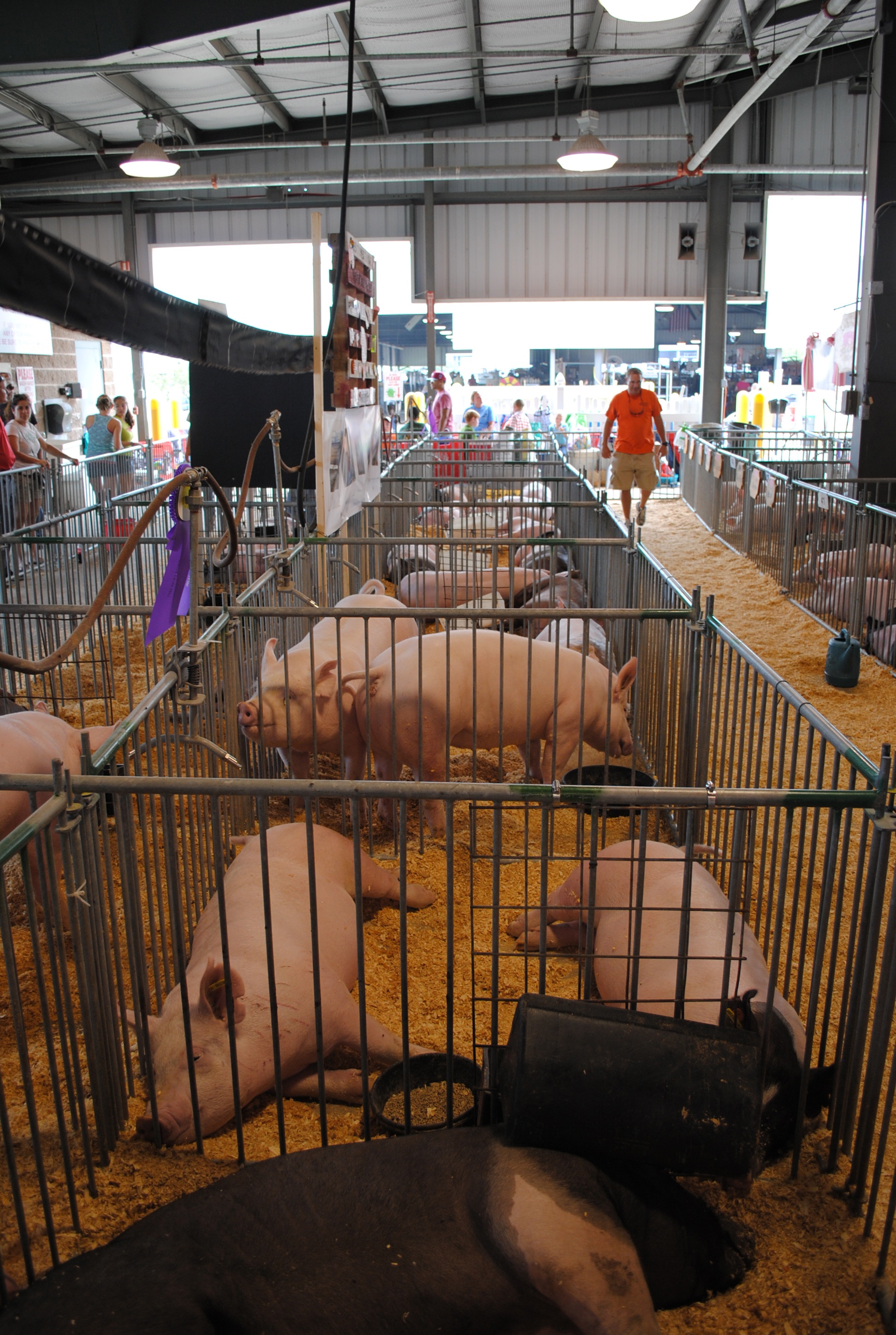
5 Things Hog Producers Should Know: Flu at Swine Exhibitions
Every year, thousands of youth across the country raise pigs and show them off at local exhibitions and county and state fairs. These experiences allow young people to learn about animal care and management, and also allow the public the rare opportunity to observe pig care and behavior.

SDSU Extension 4-H Youth Development Camp Policies and Procedures
Throughout the manual, various policies indicate that they are in addition to the policies and procedures in place at the camping facilities. As a renter of camping facilities, SDSU Extension and South Dakota 4-H will follow all policies and procedures outlined at the facilities rented and employ any additional policies as needed.

An identification guide to common Rangeland Insect Pests of South Dakota
The insects listed in this guide can be pests of rangeland in South Dakota. The best approach for preventing these pests from reaching damaging populations involves routine scouting.